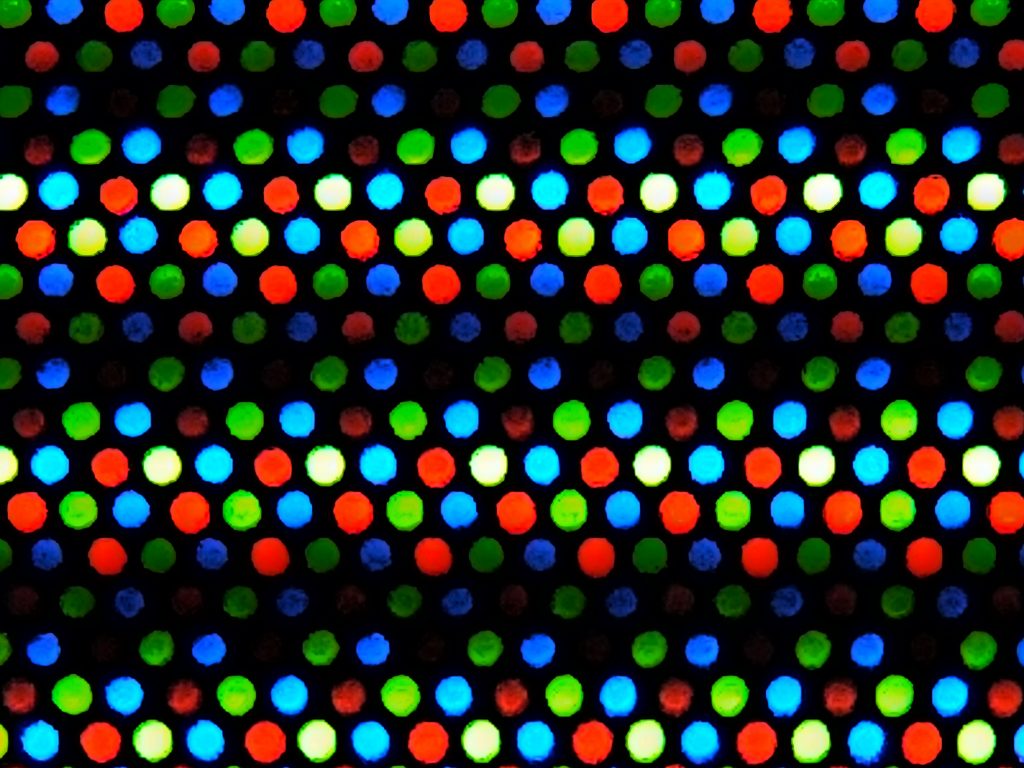Russell J. Holmes
AIP Advances
Role of host excimer formation in the degradation of organic light-emitting devices
Introduction
Displays made of Organic Light Emitting Devices (OLEDs) have found widespread use over the past few years in mobile, TV and computer screens. Compared to other technologies OLEDs emit visible light directly so no back lighting is necessary, leading to darker black levels and improved contrast ratios while being thinner and more easily manufactured.
Current research aims to find new and improved OLED materials with improved efficiencies and device lifetimes. In OLEDs, the light emitting material is embedded in a host material. This plays an important role in maximizing luminescent efficiency as well as charge and exciton transport. However, the host material building the emissive layer in OLED devices often plays a significant role in the stability and lifetime and seemingly small chemical changes can have large effects.

Researchers from University of Minnesota and DuPont Electronics, from the Russell Holmes laboratory, recently investigated the molecular mechanisms influencing lifetime of OLEDs using mass spectrometry and a range of optical and spectroscopic techniques. The study uses two host materials, CBP and CDBP of similar molecular structure, however lifetime in CDBP devices is decreased by a factor of 10 or more due to formation of excimer states.
Optical and spectroscopic techniques provide a lot of useful information to investigate this observation, and spectral information was obtained using a IsoPlane 81 (previously knwon as the FERGIE) spectroscopy system. The lifetime of the devices can be monitored by quantitative measurement of the low temperature photoluminescence and electroluminescence signal over several hours. These measurements are performed with low laser excitation powers to avoid laser induced degradation effects
and require sensitive detection for the PL signal.
The spectral shape of the thin film phosphorescence gives information about the material composition as well as the formation of the excited states by looking at the spectral signature of the excimer states and excimer/monomer signal ratio.

